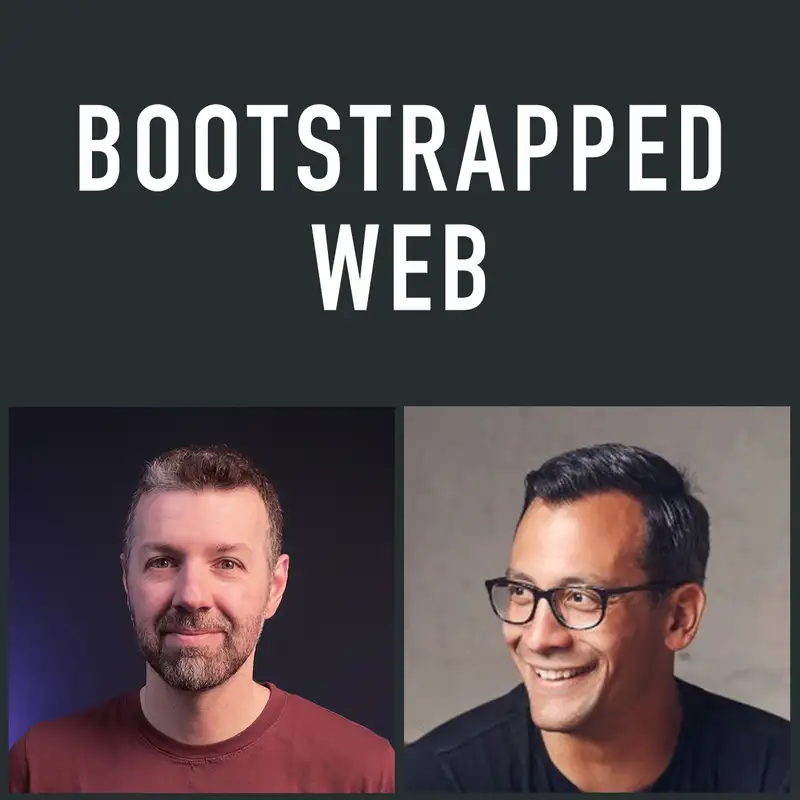Charging for Onboarding
Launching a consultancy. Generating pipeline. Breaking limiting mindsets. Outsource vs. in-house SDRs. Paid customer onboarding. Daddy-daughter dancing.
Connect with Jordan:
Jordan's company, Rally
Jordan on Twitter: @jordangal
Jordan on Threads: @jordangal
Connect with Brian:
Brian's new consultancy: Instrumental Products
Brian's SaaS, Clarityflow
Brian on Twitter: @casjam
Brian on Threads: @brian.casel
Launching a consultancy. Generating pipeline. Breaking limiting mindsets. Outsource vs. in-house SDRs. Paid customer onboarding. Daddy-daughter dancing.
Connect with Jordan:
- Jordan's company, Rally
- Jordan on Twitter: @jordangal
- Jordan on Threads: @jordangal
Connect with Brian:
- Brian's new consultancy: Instrumental Products
- Brian's SaaS, Clarityflow
- Brian on Twitter: @casjam
- Brian on Threads: @brian.casel
